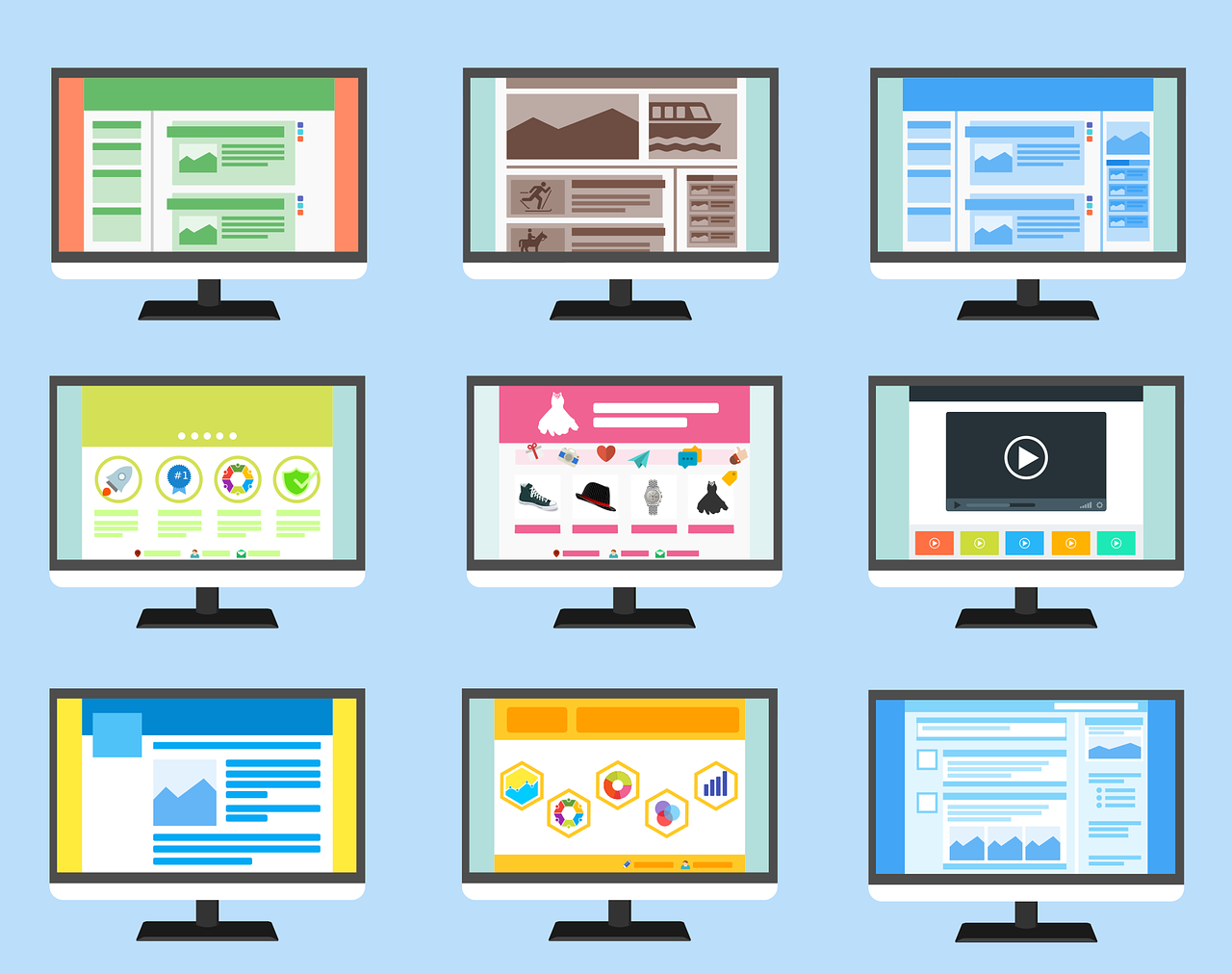Web Design
5 Tips to Improve Your Website's UI/UX Design
12.09.2024
/8 min. read
UI/UX design is key to how users interact with your website. A well-structured interface makes it easy for users to find information and complete tasks, leading to a better user experience. Good design is more than appearance; it impacts usability and accessibility. When users can quickly understand how to use a site, they’re more likely to stay longer and return.
Clear navigation, responsive layouts, and simple design elements contribute to a smooth browsing experience and improve website UX. Investing time in improving UI/UX design can help increase user engagement and overall site effectiveness.
Maintain Visual Consistency Across the Interface
Consistency is a key UX design tip. It guarantees users have a smooth experience as they navigate between different pages or sections. Visual consistency means using the same colors, fonts, and layout structures throughout the site. For example, if you use a specific button style on the homepage, the same style should appear across other pages.
A great example of user interface design fundamentals is Apple’s website, where the design is uniform from the product pages to the support section. This consistency helps users quickly understand how to interact with the site without needing to relearn different elements. Maintaining consistency also strengthens your brand identity. For instance, McDonald's consistently uses yellow and red in its branding, providing familiarity across all platforms. Some key principles to follow for visual consistency include:
● Color palette: Stick to a set of 3-4 colors.
● Typography: Use the same fonts for headings and body text.
● Spacing: Maintain equal spacing between elements for a balanced look.
By keeping your website and application interface design uniform, you create a comfortable experience for users, making it easier for them to engage with your content. This approach to web application user interface design reinforces your brand identity and makes the user experience more intuitive.
Simple and Intuitive Navigation
Website navigation must be easy to follow. Simple menus help users find the information they need without frustration. While 41% of users prefer a straightforward design, 59% are drawn to visually engaging websites. Striking a balance between simplicity and visual appeal is crucial.
A clear example of how to improve user experience on the website is Amazon’s website. Its top menu is divided into categories like “Best Sellers” and “Customer Service,” making it easy for users to find what they need. The order of buttons also plays a significant role in creating a natural flow. Buttons like “Buy Now” or “Add to Cart” should appear prominently on product pages, close to product descriptions. Avoid overloading the menu with too many options - keep it to the essentials, like “Home,” “About Us,” “Services,” and “Contact.” Another useful tip is using breadcrumbs, which show users their path through the site, helping them easily go back to previous pages. When navigation is simple, users are more likely to explore the site and engage with the content.
Use the Right Colors for Your Brand
Colors are one of the most powerful tools in web design. They not only make your website visually appealing but also play a crucial role in shaping your brand identity. A well-planned color scheme helps create a cohesive design and builds an emotional connection with your audience. For example, Facebook uses blue to signify trust and reliability, while Instagram’s vibrant gradient of purple, pink, and orange conveys creativity and fun.
How to improve website UX? Consider the message you want to send when selecting colors for your website. Colors can evoke specific emotions and influence user behavior. For instance, red can signify urgency or excitement, while green often represents growth and health, making it suitable for eco-friendly brands. Tech companies frequently use blue for its association with reliability and professionalism. These associations help create an immediate impression about your brand before users even begin interacting with your content.
To create a balanced and appealing color scheme for your website, follow these steps:
Primary color: Choose a color that represents your brand and will be used prominently across your site.
Accent color: Select a secondary color for buttons, links, and call-to-action elements to draw attention.
Neutral color: Use neutral tones like white, gray, or beige for backgrounds and text to avoid overwhelming users.
Contrast: Make sure the text stands out against the background to improve readability.
Online tools like Adobe Color or Coolors can help you explore thousands of color palettes. This UX tip guarantees your website looks professional and invites users to stay longer and engage with your content.
Improve Text Style for Better Readability
Clear and readable text is vital for delivering a good user experience on any website. The right combination of fonts, spacing, and style guarantees that users can easily consume the content without strain. Well-organized text helps keep users engaged and encourages them to explore further.
Font Selection
Choosing the right font is essential for readability. Popular, clean fonts like Arial, Helvetica, and Roboto work well because they are easy to read on screens. Decorative fonts should be avoided for body text as they can be distracting. Use different fonts for headings and body text to create a clear distinction.
Spacing
Proper spacing improves how users perceive your content. Line spacing should be wide enough to avoid overcrowding the text but not too wide to break the flow. Margins around text blocks also help create visual breathing room, making the content easier to digest.
Modern and Classic Styles
Modern websites tend to favor minimalist fonts like Sans-Serif, while more classic sites may use fonts like Times New Roman for a more traditional look. According to statistics, 34.6% of users value proper content structure. Without it, they are likely to leave the site. Websites should aim for a clean, organized text layout to keep users engaged.
Choosing the right font and maintaining proper spacing between lines improves web application UX design. A clean, modern look with simple fonts and balanced margins improves readability and overall UX application.
Organize Content with a Visual Hierarchy
Visual hierarchy refers to arranging elements on a page so users can easily focus on the most important parts first. It guides users' eyes through the content, highlighting key points or actions. For example, larger fonts for headings and bold colors for call-to-action buttons draw attention immediately. Think of a typical product page: the product image is often the largest element, followed by the price and "Add to Cart" button. This website's UI design guides users from visually prominent elements to supporting information. Key criteria for visual hierarchy include:
● Size: Larger elements attract more attention.
● Color: Bright or bold colors stand out, while muted colors recede.
● Position: Place the most important elements at the top or center of the page. Effective use of hierarchy helps users quickly find the information they need without feeling overwhelmed.
Improving your website’s design with our UX/UI tips is essential for providing a smooth and enjoyable user experience. By focusing on consistency, navigation, color schemes, text readability, and visual hierarchy, you create a more engaging site that encourages users to stay longer. Using these user experience tips can greatly improve how visitors interact with your website.




